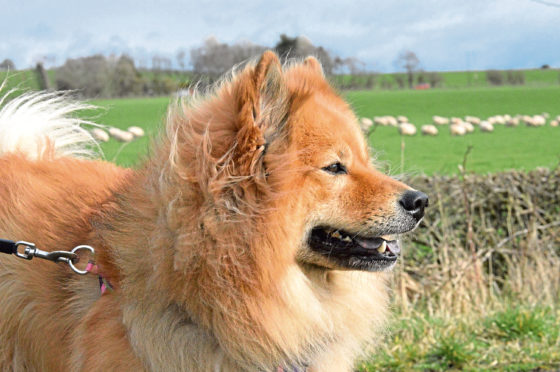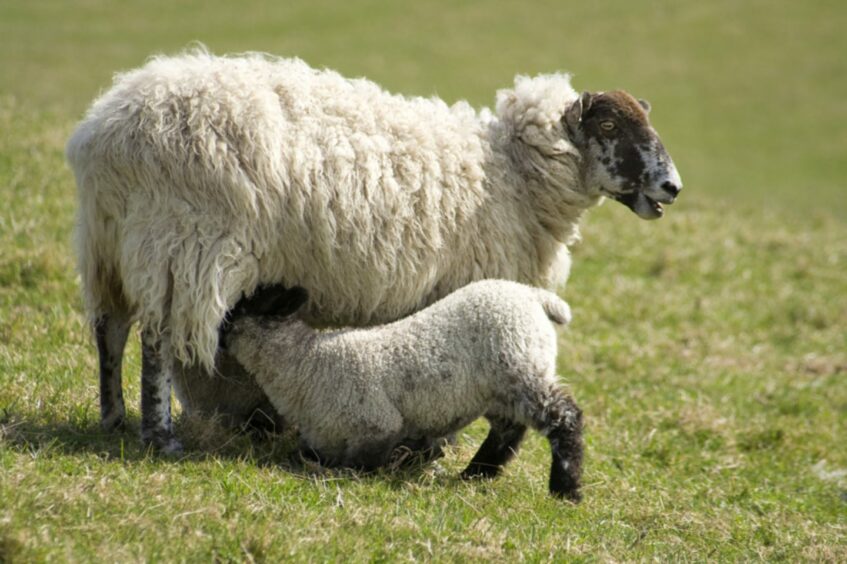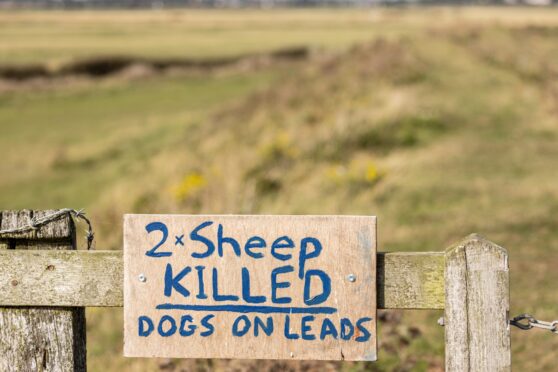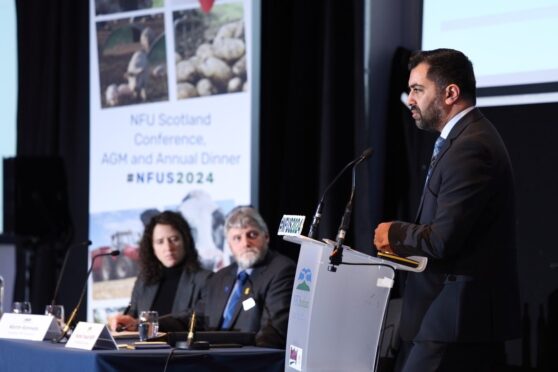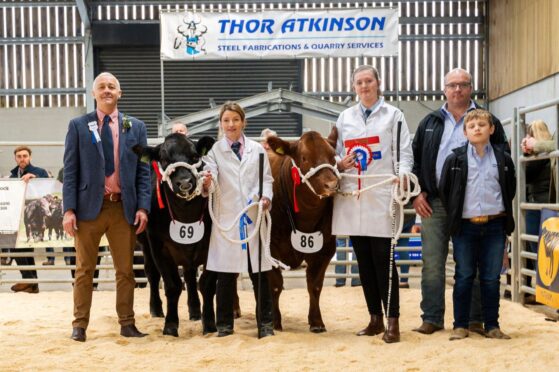The National Sheep Association (NSA) believes ”pandemic puppies” could be to blame for a spike in sheep worrying attacks by dogs.
Recently released statistics have highlighted a concerning rise in behavioural issues in pet dogs post-Covid as UK sheep farmers face the ongoing stress and worry associated with attacks on their livestock.
Evidence to support this trend comes with figures released by the British Veterinary Association (BVA) suggesting half of UK vets have seen a rise in clients with concerns about their dogs’ increasingly aggressive behaviour.
It is estimated that around 3.2 million households in the UK acquired a dog in the first year of the pandemic known as ‘pandemic puppies.’
Pandemic puppy owners were more likely to be first-time dog owners that may be unaware of the risk to livestock from dogs who are allowed to run off their lead in the countryside, potentially chasing and attacking sheep.
Phil Stocker, NSA chief executive said that with dog ownership increasing so significantly during the pandemic and dog owners unsure of what to do with aggressive behaviour, it’s no surprise the industry is seeing more cases.
“Action must be taken to educate people about the responsibilities of dog owners and to strengthen both the law and law enforcement around protecting livestock,” he said.
It’s believed that periods of lockdown may have prevented new dog owners from accessing adequate training and socialisation for their new pets, factors that are crucial in the development of puppies’ future behaviour.
Concerns over dog behaviour were also highlighted in a People’s Dispensary for Sick Animals (PDSA) survey in 2022.
This showed 45% of dog owners had concerns walking their dogs with reasons for this including 11% of dogs not returning on recall, 10% concerned about their dogs’ behaviour during walks and 6% stating their dog was too strong for them.
“With 29% of the UK population now owning a dog there is little surprise sheep farmers are regularly faced with the distress of sheep worrying attacks,” added Mr Stocker.
“As dogs are natural predators they will often follow their instincts to chase sheep if given the opportunity. Chasing and barking as well as a physical attacks can be enough to severely distress sheep with often devastating consequences.
“But this really does not have to be the case. If dogs are kept on a lead and walked at a distance away from sheep the risk is significantly reduced.”
